Ranthambore National Park is in Sawai Madhopur District of Rajasthan state. Located at the junction of the Aravalli and Vindhya hill range, this is one of the finest places to view animals, especially as they are used to being stared at here. The park covers an area of Approximately 400 sq Km and if combined it with the area of sawai man singh sanctuary area, it is around 500 Sq km. Ranthambore national park was declared a wildlife sanctuary in 1957 and in 1974 it gained the protection of “Project Tiger”. It got it’s status of a National Park in 1981. Ranthambore National Park is dotted with structures that remind you of bygone eras. There are many water bodies located all over the park, which provide perfect relief during the extremely hot summer months for the forest inhabitants. A huge fort, after which the park is named, towers over the park atop a hill. There are many ruins of bygone eras scattered all over the jungle, which give it a unique, wonderful and mixed flavour of nature, history and wildlife. Tigers at Ranthambore National park have been known to even hunt in full view of human visitors. These tigers are famous for being seen in the daytime too, due to their lack of fear of human presence in vehicles. This lack of fear of humans is excellent for tourists, as they get to see the tigers often. The park remains open every year from October to May. Famous for the exciting and frequent tiger sightings captured dramatically in several books.
Sariska nestled amidst the Aravali Hills, the Sariska Tiger Reserve is known for the presence and conservation of tiger species. Covered with deciduous dry forests, Sariska brings amazing topography at the largest area of Rajasthan. The reserve blankets an area of 800 sq km in total with approximately covering the core zone of 500 sq km. The landscape is truly amazing with similar topography of Ranthambore that supports scrub thorn arid forests, rocks and grasses. The variable and erratic climate makes the entire environment an important part of ecological adoption and perfect for wide ranges of wildlife.Today, the park is home to numerous carnivores including Leopard, Wild Dog, Jungle Cat, Civets Hyena, Jackal, and Tiger. Their common preys are species like Sambar, Chital, Nilgai, Chausingha, Wild Boar and Langur. Sariska is also well known for its large population of Rhesus Monkeys, which are discovered around Talvriksh.

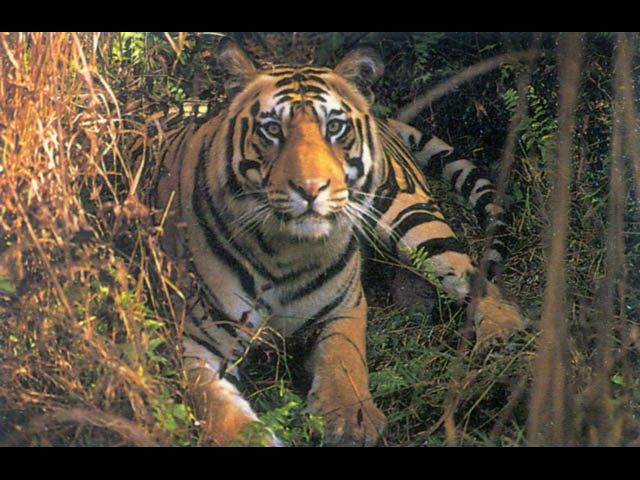
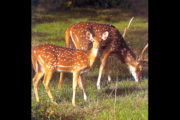
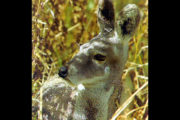
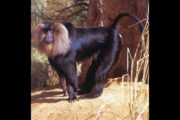
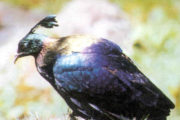
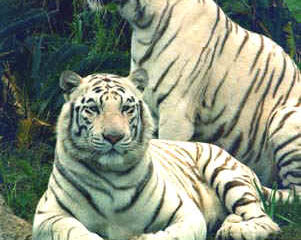
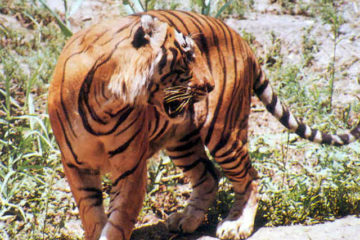
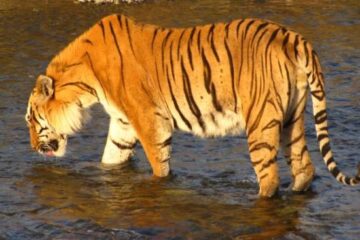
Tour Reviews
There are no reviews yet.
Leave a Review